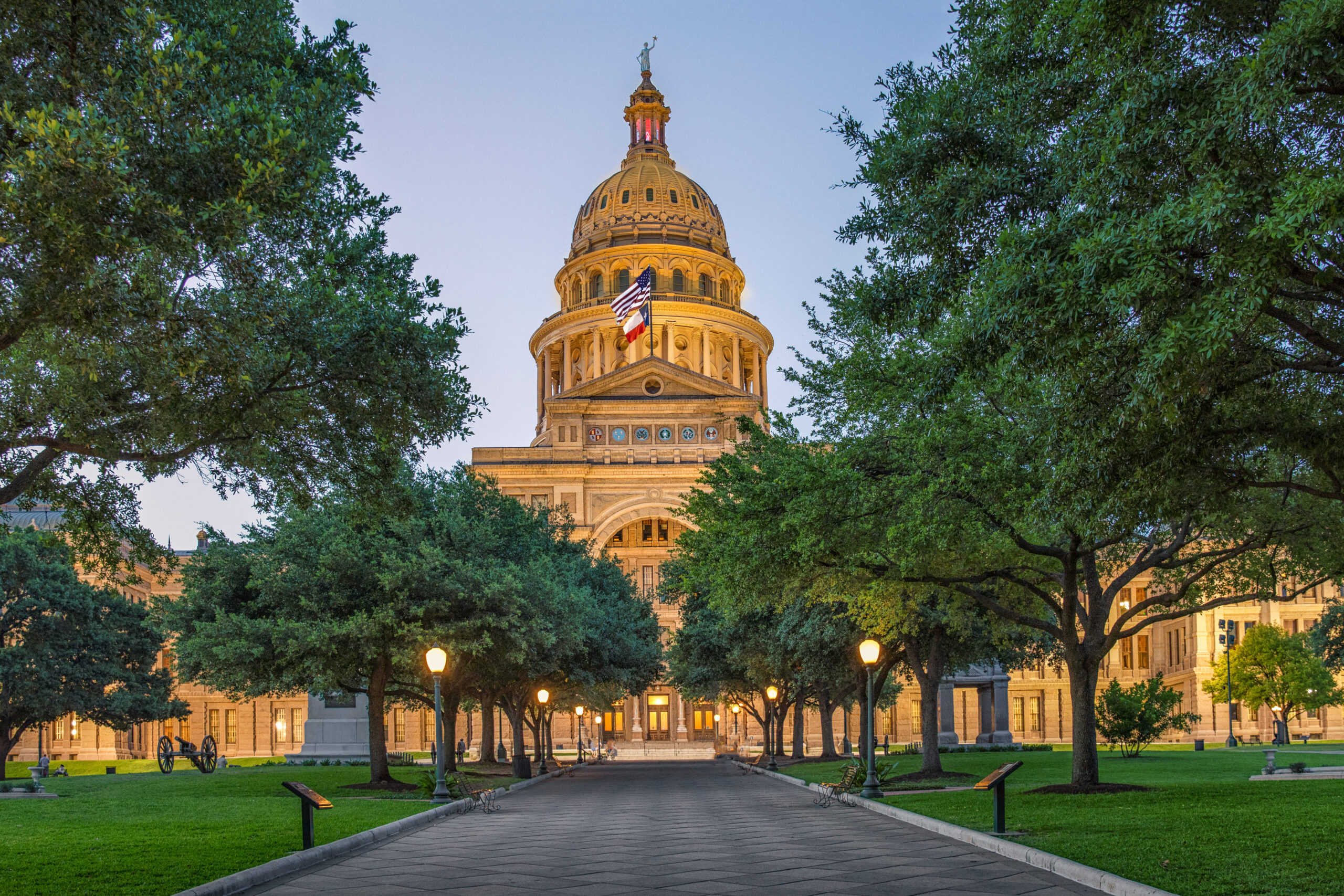As one of the fastest-growing states in the U.S., Texas has seen significant changes in its cost of living. The state’s economic boom has led to an unfortunate rise in expenses that affect everything from housing to groceries. In this article, we delve into the current cost of living in Texas, examining key areas that impact residents’ daily lives.
1. Skyrocketing Housing Prices
The housing market in Texas has seen a dramatic surge over the past few years. Cities like Austin, Dallas, and Houston are at the forefront of this increase, with home prices rising faster than the national average. In Austin, for example, the median home price has more than doubled since 2015. This sharp increase in housing costs has made it difficult for many residents to afford homes, pushing some into renting as a more viable option. However, rental prices have also climbed, making it challenging for both homeowners and renters alike.
As of August 2024, the median price of rent is $1,963. The average price of a home in the southern state sits at about $309,897. Depending on where you choose to live, home prices vary from $245,000 on the low end in Lubbock to $545,000+ in Austin.
2. Rising Utility Bills
Another factor contributing to the rising cost of living in Texas is the increase in utility expenses. The state’s extreme weather, from scorching summers to sudden winter storms, has driven up energy consumption. As a result, Texans are facing higher electricity and heating bills. Additionally, the deregulated energy market in Texas has led to fluctuating prices, adding to the unpredictability of utility costs. This situation forces residents to allocate a larger portion of their income to keep up with basic living expenses.
Right now, the average monthly utility bill in Texas sits at $456. This includes electricity, water, gas, cable, and internet.
3. Increased Transportation Costs
Transportation is another significant factor in the cost of living in Texas. With the state’s vast size and sprawling cities, owning a car is often a necessity. Unfortunately, the cost of fuel has risen considerably, and vehicle maintenance and insurance rates have followed suit. Public transportation options are limited in many areas, leaving residents with few alternatives to reduce their transportation expenses. The combination of these factors makes getting around in Texas increasingly expensive, especially for those commuting long distances to work.
Transportation costs for a single adult sit at about $10,216 annually. For a couple (both working adults), it’s closer to $11,823 and for a family of four with two working parents, it $17,136.
4. Escalating Grocery Prices
Grocery prices in Texas have also seen a noticeable increase, contributing to the overall rise in the cost of living. The state’s growing population and supply chain disruptions have caused food prices to spike. Basic items like meat, dairy, and fresh produce have become more expensive, affecting household budgets across the state. This inflation in grocery costs means that families are spending more on essentials, with less disposable income for other needs or savings.
According to the U.S. Census Bureau, the average household in the United States spends about $270.21 per week on groceries. They spend an additional $109.21 per week in restaurants or on fast food. In Texas, grocery costs can be higher in certain cities, like El Paso (3% higher than the national average), or much lower like in Waco where the cost is about 21% lower than the national average.
5. Healthcare Costs on the Rise
Healthcare is another area where Texans are feeling the pinch. The cost of medical care, including insurance premiums, prescription drugs, and hospital visits, has been steadily increasing. The state’s lack of Medicaid expansion has also left many low-income residents struggling to afford necessary medical services. This situation has exacerbated the financial strain on families, making healthcare one of the most significant components of the rising cost of living in Texas.
Healthcare costs will vary, depending on your insurance and provider. Your exact location, age, health, and other factors impact the cost of healthcare as well. That said, the average annual cost of healthcare for a single adult hovers around $3,058.
Navigating the Cost of Living in Texas
The current cost of living in Texas presents significant challenges for residents. As expenses continue to rise, it’s essential for Texans to stay informed and take proactive steps to manage their finances. Whether through budgeting, exploring alternative living arrangements, or advocating for policy changes, there are ways to navigate these challenging times. Stay ahead of the curve by following our tips and insights on managing the cost of living in Texas, and take control of your financial future today.

